In order to continue promoting credit to support production and business, helping people and businesses in the Mekong Delta region access and use loans more effectively, on September 15, the State Bank of Vietnam (SBV) and the People's Committee of Can Tho City organized a "Conference to promote credit to support businesses in the rice and seafood sectors in the Mekong Delta region".
Agriculture and rural areas are priority areas for credit focus.
Speaking at the workshop, Deputy Governor of the State Bank of Vietnam Dao Minh Tu said that the State Bank of Vietnam has been drastically implementing many solutions and policies to support socio-economic development in the Mekong Delta region, especially the region's key economic sectors.
The banking industry is always ready and creates favorable conditions for businesses to access loans with reasonable interest rates, the safest, most modern and convenient financial and banking services. Because the rice and seafood industry belongs to the agricultural and rural sector - one of the sectors that the banking industry always prioritizes for credit capital investment.
Regarding credit mechanisms and policies, the Deputy Governor said that the State Bank has been constantly improving to meet capital needs for the agricultural and rural sectors in general, and the rice and fishery sectors in particular, through credit policies serving agricultural and rural development according to Decree 55/2015 and Decree 116/2018.
Regarding direction and management, the State Bank always considers agriculture and rural areas as priority areas for centralized credit management, encourages credit institutions to lend to meet capital needs from production - processing - to purchasing and consumption; directs credit institutions to regularly review and simplify administrative procedures, shorten approval time, diversify credit products, proactively work directly with customers to find solutions to remove difficulties, creating favorable conditions for businesses and people to access capital.

Deputy Governor of the State Bank Dao Minh Tu spoke at the Workshop.
Based on the developments and actual market situation, at the beginning of 2023, the State Bank of Vietnam issued many documents directing credit institutions to focus capital resources to meet the production and business needs of enterprises.
In particular, implementing the direction of the Prime Minister, the State Bank of Vietnam issued Document No. 5631 dated July 14, 2023, guiding commercial banks to implement a credit program for the forestry and fishery sector with a scale of about VND 15,000 billion implemented with self-mobilized capital of banks; lending interest rates in Vietnamese Dong are at least 1-2% lower per year than the average lending interest rate of the same term (short-term; medium-term, long-term) of the lending bank itself; implementation period until June 30, 2024.
In addition, banks will waive and reduce service fees for customers, in accordance with legal regulations and the scale of the bank's operations. To date, 13 commercial banks have registered to participate in the Program and have provided loans with a disbursement turnover of nearly VND 5,500 billion to nearly 2,000 loan customers.
To resolve difficulties for customers in various industries and sectors, including rice and seafood, the State Bank of Vietnam has issued a policy of restructuring debt repayment terms and maintaining the debt group to resolve difficulties, extend debt repayment periods without being transferred to bad debt groups and have access to new loans.
Avoid agricultural product congestion due to lack of bank capital
As a result, by the end of August 2023, the total outstanding debt of the Mekong Delta region reached over 1 million billion VND, an increase of 5.35% compared to the end of 2022. In particular, credit for agricultural and rural development has always received investment attention from credit institutions, with outstanding debt reaching nearly 535,000 billion VND, an increase of 6.04% (higher than the region's general credit growth and higher than the national agricultural and rural credit growth of 3.75%); accounting for 51.76% of the region's total outstanding debt and 17.44% of the national agricultural and rural debt.
Notably, credit growth for the rice and aquaculture sectors has had impressive growth. Specifically, outstanding loans for the aquaculture sector reached nearly VND 129,000 billion, up 8.5% and accounting for nearly 59% of outstanding loans for the aquaculture sector nationwide; outstanding loans for the rice sector reached nearly VND 103,000 billion, up 9% compared to the end of 2022 and accounting for about 53% of outstanding loans for the rice sector nationwide.

Overview of the workshop.
To promptly and effectively implement solutions, the State Bank requires credit institutions to continue to focus capital resources to promptly meet the needs of people and businesses producing and trading key agricultural export products with reasonable terms and interest rates; reduce costs, increase the application of technology and other solutions to create conditions to continue reducing lending interest rates.
Implement lending for credit programs and policies; Continue to implement solutions to remove difficulties for customers borrowing capital in the agricultural and rural sectors, including policies to restructure debt repayment terms and maintain debt groups; Review and simplify processes to facilitate customers to increase their ability to access and absorb capital...
For State Bank branches in provinces and cities in the Mekong Delta, it is necessary to closely monitor lending activities of credit institutions in the area.
Closely monitor the purchase and export of key agricultural products in the area, ensure that banking activities promptly and fully meet the credit capital needs for purchasing, consuming and exporting agricultural products in the locality, and avoid the situation of agricultural product congestion due to lack of bank capital; Regularly work with industry associations and businesses in the area to grasp and proactively handle recommendations for banking activities... .
Source



![[Photo] General Secretary To Lam concludes visit to Russia, departs for Belarus](https://vphoto.vietnam.vn/thumb/1200x675/vietnam/resource/IMAGE/2025/5/11/0acf1081a95e4b1d9886c67fdafd95ed)

![[Photo] General Secretary To Lam arrives in Minsk, begins state visit to Belarus](https://vphoto.vietnam.vn/thumb/1200x675/vietnam/resource/IMAGE/2025/5/11/76602f587468437f8b5b7104495f444d)

![[Photo] General Secretary To Lam meets and expresses gratitude to Vietnam's Belarusian friends](https://vphoto.vietnam.vn/thumb/1200x675/vietnam/resource/IMAGE/2025/5/11/c515ee2054c54a87aa8a7cb520f2fa6e)


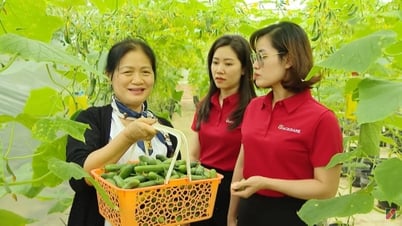









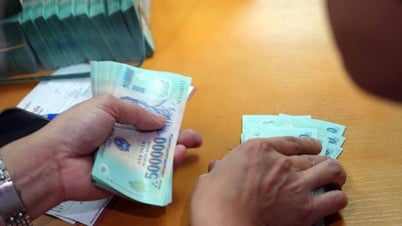
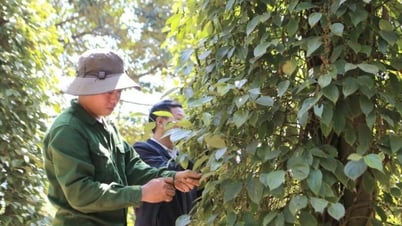

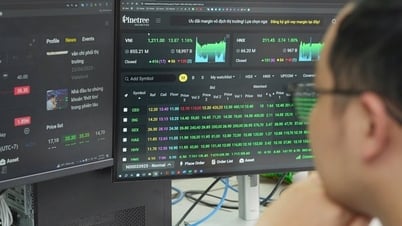












![[Photo] National Assembly Chairman Tran Thanh Man attends the Party Congress of the Committee for Culture and Social Affairs](https://vphoto.vietnam.vn/thumb/1200x675/vietnam/resource/IMAGE/2025/5/11/f5ed02beb9404bca998a08b34ef255a6)














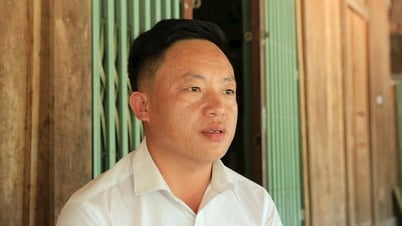

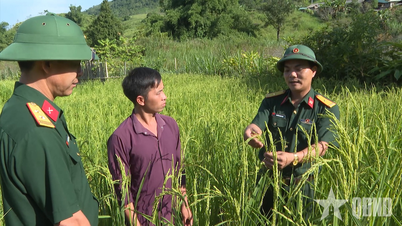









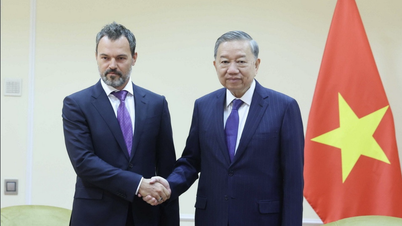









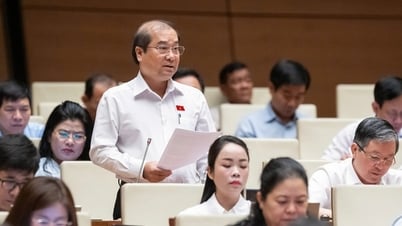





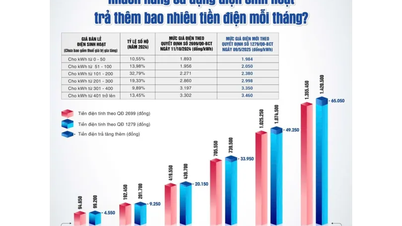

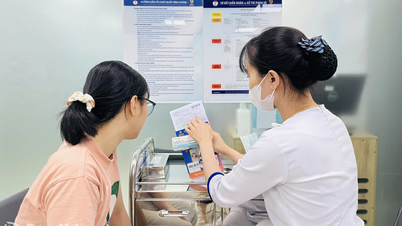



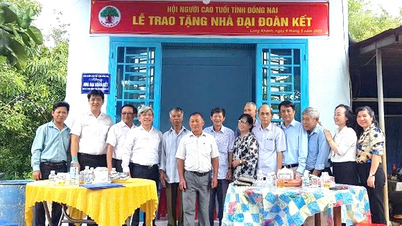

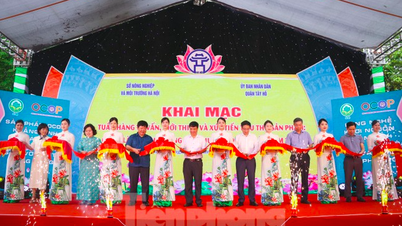







Comment (0)